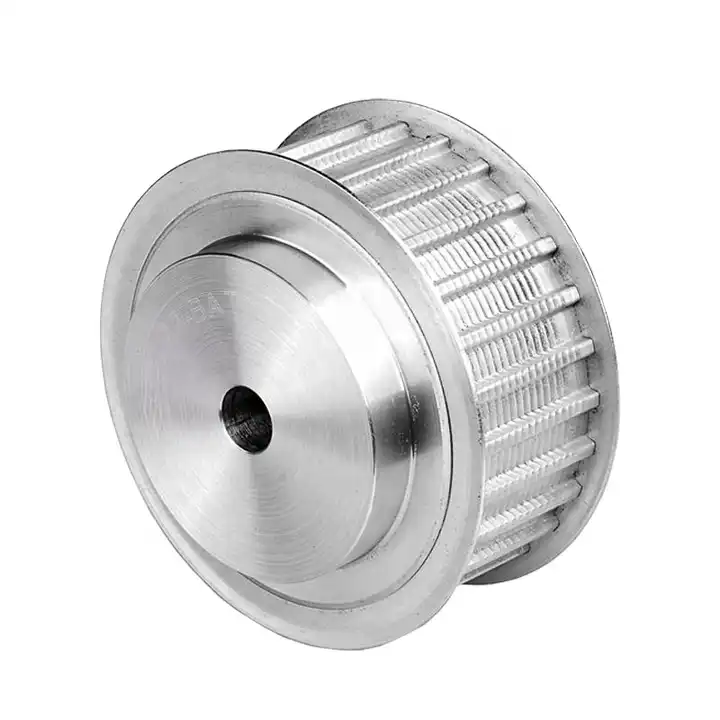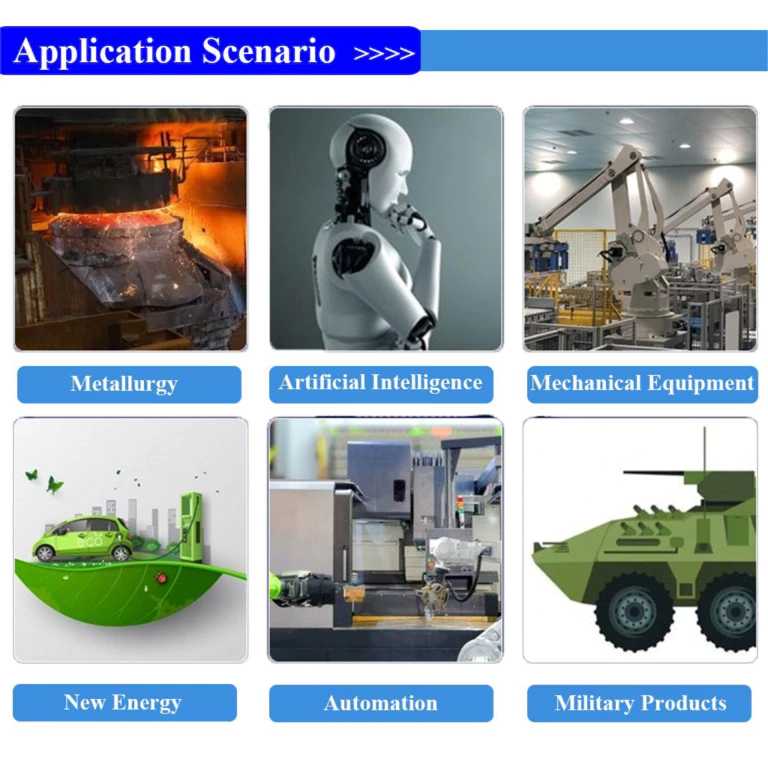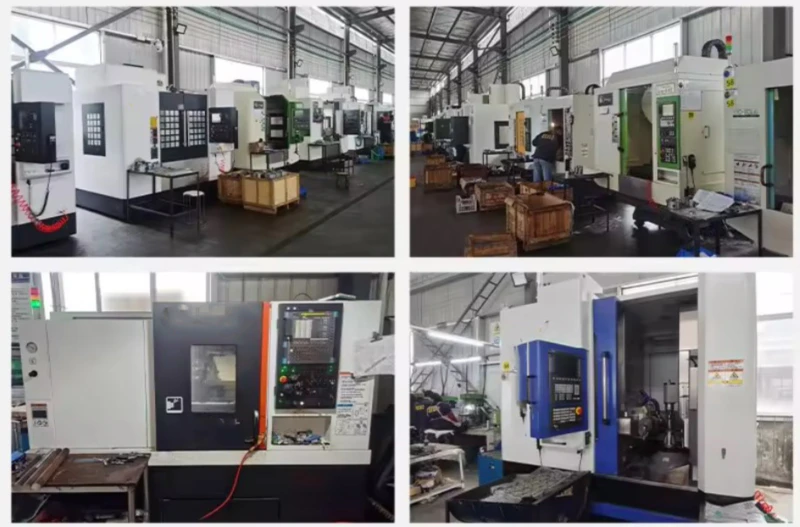Timing Pulley Seal Options for Dust and Moisture Protection
Timing pulleys are critical components in power transmission systems. However, they are often subjected to harsh operating conditions, including exposure to dust and moisture. If left unprotected, dust and moisture can damage the pulley and shorten its lifespan. Fortunately, there are several timing pulley seal options that provide reliable protection against these contaminants.
Rubber Seals
Rubber seals are one of the most common types of seals used in timing pulleys. These seals are made of rubber and are designed to fit tightly around the shaft of the pulley. Rubber seals provide effective protection against dust and moisture and are relatively inexpensive. However, they may not be suitable for high-speed or high-temperature applications.
Felt Seals
Felt seals are another common type of seal used in timing pulleys. These seals are made of felt and are designed to absorb any dust or moisture that may come into contact with the pulley. Felt seals are effective at preventing contaminants from entering the pulley, but they may not be suitable for high-speed applications.
Labyrinth Seals
Labyrinth seals are more complex than rubber or felt seals and are designed to prevent contaminants from entering the pulley through a series of small channels. These channels are designed to trap dust and moisture and prevent them from entering the pulley. Labyrinth seals are highly effective and can be used in high-speed and high-temperature applications.
Shaft Seals
Shaft seals are designed to prevent contaminants from entering the pulley by creating a barrier between the shaft and the pulley. These seals are typically made of rubber or metal and are designed to fit tightly around the shaft. Shaft seals are highly effective at preventing contamination and can be used in a wide range of applications.
Vacuum Seals
Vacuum seals are the most effective type of seal used in timing pulleys. These seals use a vacuum to prevent contaminants from entering the pulley. Vacuum seals are highly effective at preventing contamination and can be used in a wide range of applications. However, they are also the most expensive type of seal and may not be suitable for all applications.
Conclusion
Timing pulley seals are critical components that protect pulleys from contamination and extend their lifespan. There are several types of seals available, including rubber seals, felt seals, labyrinth seals, shaft seals, and vacuum seals. Each type of seal has its own advantages and disadvantages, and the choice of seal will depend on the specific application requirements. Regardless of the type of seal used, it is important to ensure that the seal is installed correctly and maintained regularly to ensure maximum protection.
About Our Company – Leading Timing Pulley Manufacturer in China
Our company is a leading manufacturer of timing pulleys, v pulleys, belt wheels, belt idler pulleys, flat pulleys, and other power transmission components in the Chinese market. We have a wide range of fully automated CNC production equipment and automatic assembly equipment. We are committed to offering high-quality products, competitive pricing, and excellent customer service. We welcome customers to provide drawings or samples for custom orders. Visit our website at vpulley.com to learn more about our products.
Q&A
1. How do I choose the right timing pulley seal for my application?
The choice of timing pulley seal will depend on the specific application requirements. Consider factors such as operating speed, temperature, and environment when selecting a seal.
2. How often should I replace the timing pulley seal?
TIMING Pulley seals should be replaced whenever they are damaged, worn, or no longer providing adequate protection against dust and moisture.
3. Can I use a vacuum seal in a low-speed application?
Yes, vacuum seals can be used in low-speed applications. However, they may be more expensive than other types of seals and may not be necessary for all applications.
4. Can I install timing pulley seals myself?
Yes, timing pulley seals can be installed by a knowledgeable technician or mechanic. However, it is important to follow the manufacturer’s instructions carefully to ensure proper installation.
5. What is the advantage of using a labyrinth seal over a rubber or felt seal?
Labyrinth seals are more effective at preventing contamination than rubber or felt seals. They are designed to trap dust and moisture and prevent them from entering the pulley through a series of small channels.


